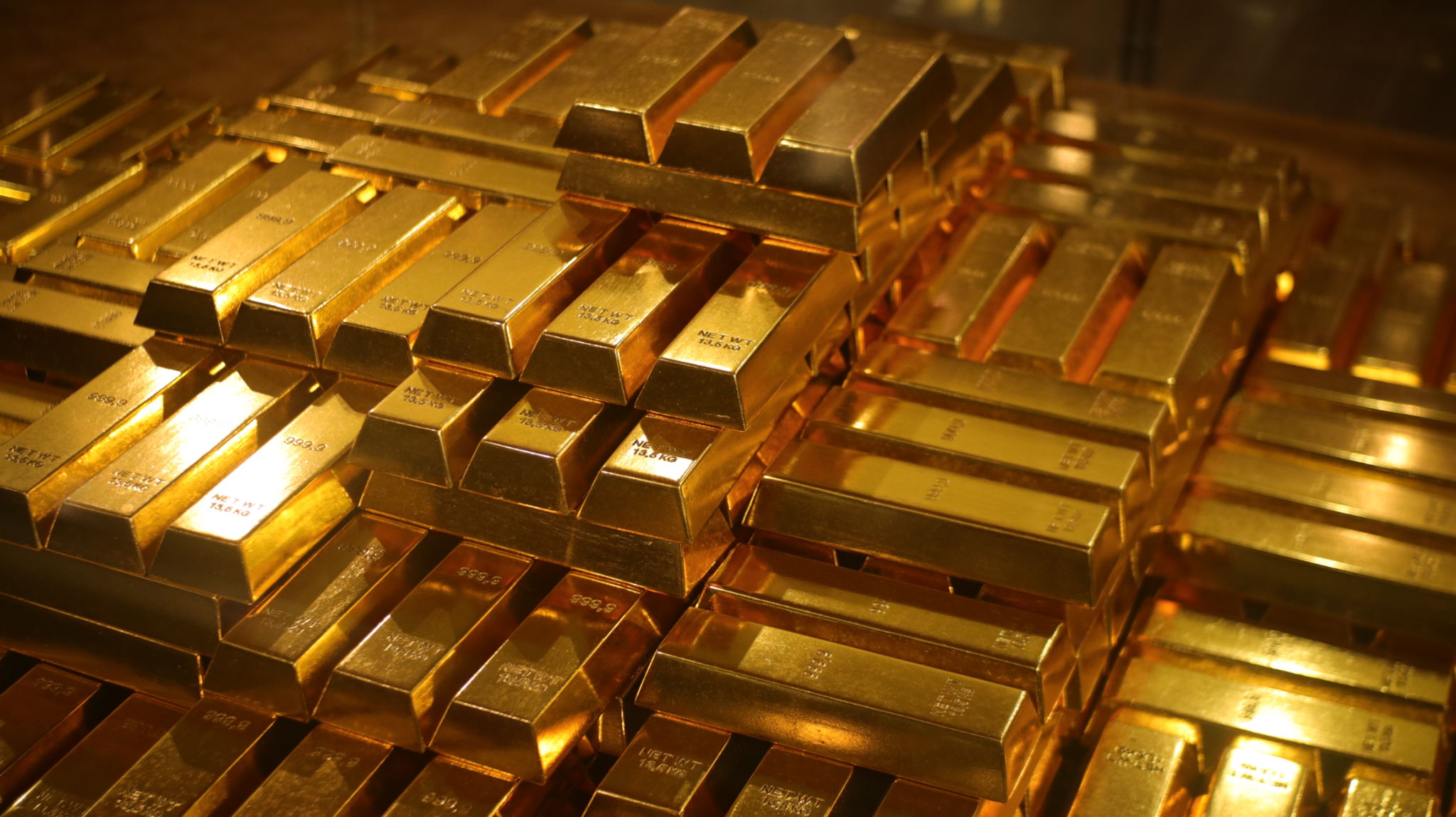Myth-Busting: Common Misconceptions About Gold Trading in the Middle East
Understanding the Gold Trading Landscape
Gold trading has long been a cornerstone of the economy in the Middle East, a region renowned for its rich history with this precious metal. However, despite its significance, many misconceptions surround the practice. These myths can often deter potential investors or traders from entering the market. In this blog post, we'll delve into some of the most common misconceptions about gold trading in the Middle East and set the record straight.

Myth 1: Gold Trading Is Only for the Wealthy
One prevalent myth is that gold trading is an exclusive activity reserved for the wealthy elite. While it’s true that gold is a precious commodity, the market is accessible to a wide range of investors. In fact, gold trading platforms and financial services have evolved significantly, offering options such as gold ETFs and futures contracts that cater to smaller investors as well. Accessibility has become a key feature of modern gold trading.
Myth 2: Gold Prices Are Unreasonably Volatile
Another common misconception is that gold prices are too volatile, making it a risky investment. While it’s true that gold prices can fluctuate, they are often seen as a stable investment compared to other assets. Gold is considered a safe haven during economic uncertainty, and its value tends to rise when other investments falter. Understanding market trends and economic indicators can help traders navigate this volatility more effectively.

Myth 3: The Middle East Only Trades Physical Gold
Many people believe that gold trading in the Middle East is limited to physical gold transactions. While physical gold, such as coins and jewelry, plays a significant role, digital trading has gained immense popularity. The advancement of technology and online platforms has enabled traders to invest in gold without ever having to physically handle it. This shift has opened up new opportunities for investors across the region.
The Impact of Cultural and Historical Factors
Cultural and historical factors also contribute to misconceptions about gold trading in the Middle East. The region's long-standing tradition with gold can sometimes lead outsiders to assume that practices remain unchanged. However, the industry has modernized considerably. Today, Middle Eastern countries are not only consumers but also major players in global gold markets.

Myth 4: The Middle East Dominates Global Gold Supply
It’s a common belief that the Middle East is the largest supplier of gold globally. While the region is indeed a significant player, it does not dominate the supply chain. Countries like China and Australia are major contributors to global gold production. The Middle East’s strength lies more in its consumption and trading capabilities rather than production.
Myth 5: Gold Trading Is Not Regulated
A crucial misconception is that gold trading in the Middle East is unregulated, leading to potential illegal activities. This couldn't be further from the truth. Governments across the region have implemented stringent regulations and compliance measures to ensure transparency and legality in gold trading. Regulatory bodies work diligently to maintain ethical standards and protect investors.
The Future of Gold Trading in the Middle East
As we look to the future, it's crucial to recognize the evolving landscape of gold trading in the Middle East. With ongoing technological advancements and increased regulatory frameworks, the market is becoming more sophisticated and accessible. Investors should take time to understand these changes and explore opportunities within this dynamic sector.
In conclusion, understanding and dispelling these myths can empower more individuals to participate in gold trading confidently. With accurate information and strategic insight, anyone can become part of this historic and thriving market.